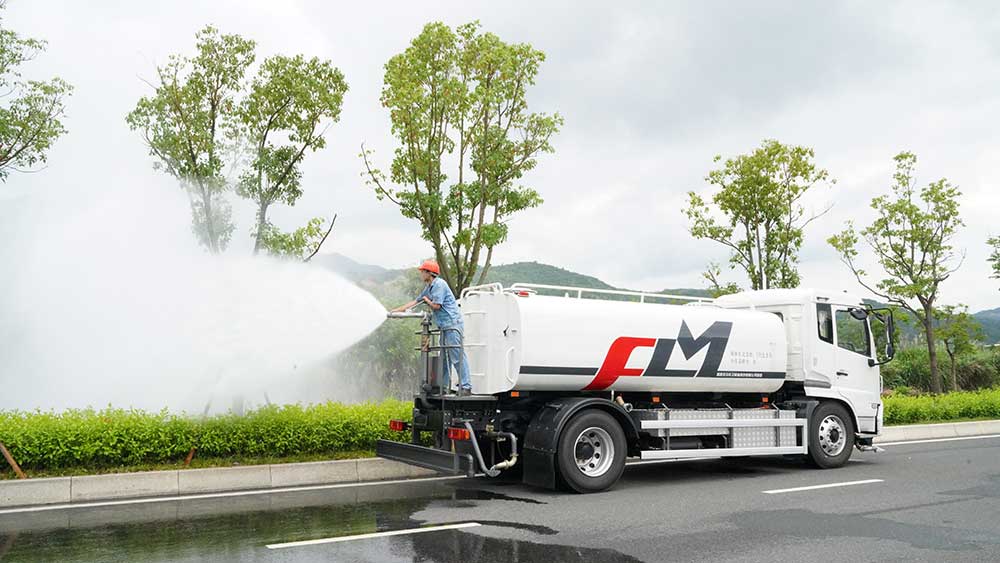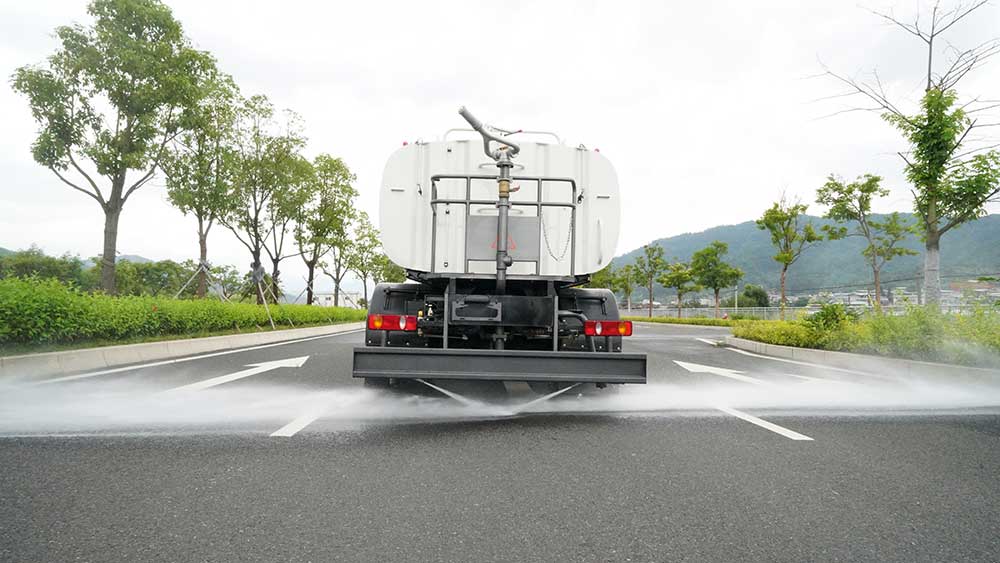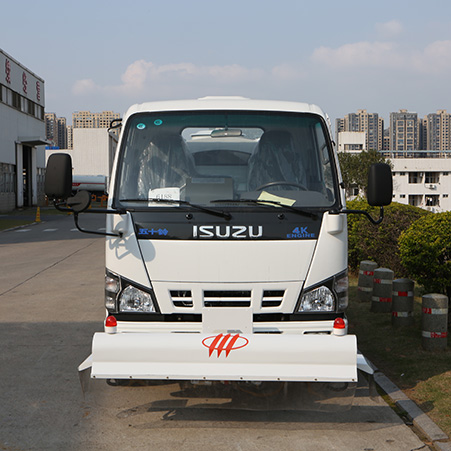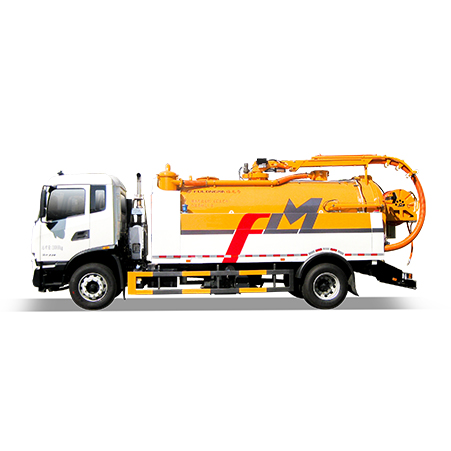Pressure cleaning trucks are specialized vehicles equipped with powerful pressure washing systems. These trucks are designed to deliver high-pressure water jets that can remove dirt, grime, graffiti, and other contaminants from surfaces. Their importance lies in their ability to clean large areas efficiently, saving time and labor while ensuring a high level of cleanliness.
History and Evolution of Pressure Cleaning Trucks
The concept of pressure cleaning dates back to the early 20th century when the first high-pressure steam cleaning devices were invented. These early models were primarily used for industrial cleaning tasks. Over the decades, technological advancements led to the development of more efficient and versatile pressure cleaning systems. The introduction of motorized pumps and heating systems transformed these devices into the powerful machines we see today. Modern pressure cleaning trucks are a culmination of these innovations, combining mobility with advanced cleaning capabilities.

Components of a Pressure Cleaning Truck
- Water Supply System: This includes large tanks that store water, which is the primary cleaning agent in pressure cleaning.
- Pumps: These are the heart of the truck, generating the pressure required to eject water forcefully.
- Heating System: For hot water units, heaters are used to increase the effectiveness of cleaning by dissolving grime more easily.
- Nozzles and Hoses: Different nozzles can adjust the water’s pressure and spread, while hoses transport the water from the pump to the nozzle.
- Control Systems: These allow operators to manage the pressure and flow of water.
- Power Source: Typically, a diesel engine powers the entire system, providing energy to the pumps and heating system.
Mechanics of Pressure Cleaning
The principle behind pressure cleaning is the use of high-velocity water jets to dislodge and remove dirt and debris.
- High-Pressure Water Cleaning: Water is expelled at high pressures, which can strip away dirt without the need for abrasive chemicals.
- Water Flow and Pressure Regulation: Operators can adjust the flow rate and pressure to suit different cleaning tasks, from gentle washing to removing stubborn stains.
Operational Procedures
Operating a pressure-cleaning truck involves several steps. First, the water supply tank is filled, and the system is checked for leaks or malfunctions. The desired nozzle is attached to the hose, and the engine or power unit is started. The operator then adjusts the controls to set the appropriate water pressure and temperature. Once everything is set, the high-pressure water jet is directed onto the surface to be cleaned.
Applications
- Industrial Cleaning: Heavy-duty cleaning in factories and construction sites.
- Municipal and Public Works: Keeping public spaces pristine.
- Commercial and Residential Uses: Facade cleaning and more.
- Specialized Applications: Unique scenarios requiring custom solutions.
Advantages and Limitations
- Advantages: Speed, efficiency, and water conservation.
- Limitations: Noise, potential for surface damage, and environmental considerations.
Future Trends and Innovations

The future of pressure cleaning trucks looks promising with several trends and innovations on the horizon:
- Eco-Friendly Solutions: Advancements in water recycling systems and the use of biodegradable cleaning agents will make pressure cleaning more sustainable.
- Automation: Incorporating automation and robotics can enhance precision and efficiency, reducing the need for manual operation.
- Smart Controls: Integration of IoT (Internet of Things) technology will allow remote monitoring and control, optimizing performance and maintenance schedules.
- Energy Efficiency: The development of more energy-efficient engines and pumps will reduce the environmental impact and operational costs.
Conclusion
Pressure cleaning trucks are powerful tools that have revolutionized the way we approach cleaning tasks in various sectors. From their historical roots to modern advancements, these trucks have become essential for maintaining cleanliness and hygiene efficiently and effectively.
Whether it’s for industrial, municipal, commercial, or residential use, pressure-cleaning trucks offer unmatched versatility and performance. As technology continues to evolve, we can expect even more innovative solutions that will enhance their capabilities and sustainability, ensuring they remain a vital part of our cleaning arsenal for years to come.






